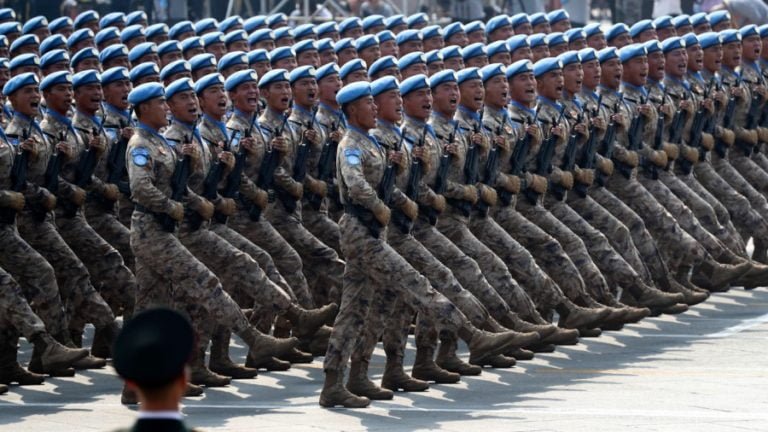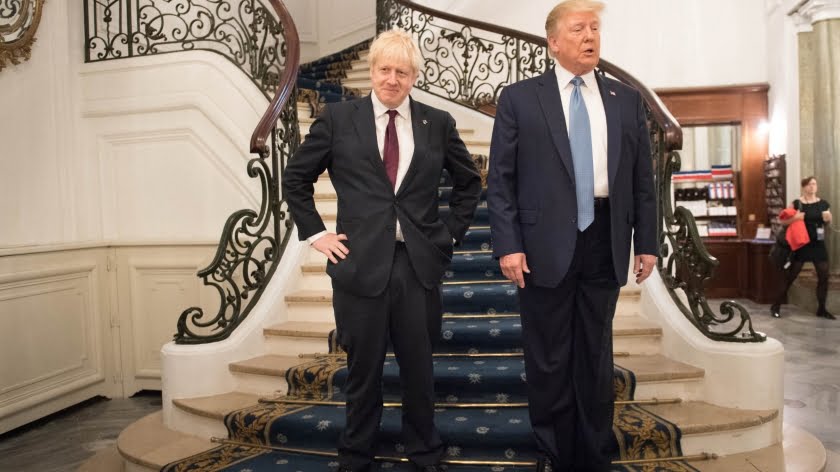The US’ Two “New Quads”: Challenges or Opportunities for China?
These intriguing observations suggest that it’s possible for China and the US to economically cooperate through these two “New Quads” due to their overlapping interests in these networks’ flagship transregional connectivity projects, but only if Washington has the political will.
The US established two “New Quads” this year that are functionally different from its original one (the “Old Quad”) comprised of itself, Australia, India, and Japan. The first was announced in late July together with Pakistan, Afghanistan, and Uzbekistan while the second was unveiled last month with India, the UAE, and Israel. For the sake of simplicity, the former can be referred to as the Central Asia-South Asia (CASA) Quad and the latter as the West Asia-South Asia (WASA) Quad. These two “New Quads” say a lot about the US’ evolving Eurasian strategy.
First, though, it’s important to say some words about the “Old Quad”. Although this one’s members claim not to have hostile intentions against any third parties, their actions suggest otherwise. The growing military convergence between those four countries is widely regarded as being driven by their shared desire to “contain” China. This is further evidenced by its members’ unfriendly statements towards the People’s Republic, especially concerning regional territorial disputes. Moreover, their intention to diversify supply chains has been interpreted as tacitly “decoupling” from China.
The CASA Quad has a different purpose than the “Old Quad”. It’s explicitly “focused on enhancing regional connectivity” according to the State Department’s press release at the time. This is likely a reference to February’s agreement to construct a railway between Pakistan, Afghanistan, and Uzbekistan that can tentatively be termed PAKAFUZ after the first letters of each participating country’s name. It complements the vision set out in the US’ “Strategy for Central Asia: 2019-2025: Advancing Sovereignty and Economic Prosperity” that was promulgated in February 2020.
As for the WASA Quad, it’s less formal than its CASA counterpart but nevertheless still promising. This framework has thus far resulted in an agreement to establish an economic forum between its members. Just like the CASA Quad’s formation is thought to have been influenced by PAKAFUZ, so too is the WASA Quad thought to have been influenced by the proposal for an Arab-Mediterranean Corridor (AMC). Professor Michaël Tanchum published a detailed report about this over the summer titled “India’s Arab-Mediterranean Corridor: A Paradigm Shift in Strategic Connectivity to Europe”.
Thus far, it can be seen that the CASA and WASA Quads are seemingly premised on advancing mutually beneficial transregional connectivity goals unlike the zero-sum military ones of the “Old Quad”. This suggests that they’re much more pragmatic, viable, and therefore positive in terms of their ultimate purpose than their original predecessor. They have more in common than just that, though. The South Asian states of Pakistan and India are the respective anchors of the PAKAFUZ and AMC initiatives upon which their pertinent Quads are arguably built.
This speaks to the importance that the US affords to South Asia in terms of its pivotal role in promoting transregional connectivity. Even though Pakistan and India are rivals, the US is still trying to balance its relations between them in spite of leaning much closer towards New Delhi than Islamabad. For as visionary as these initiatives are, they also share similar challenges. PAKAFUZ cannot be constructed so long as Afghanistan remains unstable and its de facto Taliban-led government unrecognized. The AMC, meanwhile, requires formal Israel-Saudi relations that have thus far remained elusive.
Therein lies their primary challenges, which the US has yet to overcome. In fact, its post-withdrawal approach to the Taliban can be described as counterproductive in this light considering the immense pressure that it’s putting upon the group through the freezing of Afghanistan’s US-based assets in an attempt to coerce socio-political concessions from them. America’s approach to the sensitive issue of brokering formal ties between “Israel” and Saudi Arabia is comparatively more pragmatic, but the Biden Administration isn’t viewed in a positive light by either of those governments and thus lacks influence.
These diplomatic shortcomings present opportunities for other major countries to step in and attempt to pioneer solutions to those obstacles. Thus far, this can be seen by China’s efforts to pragmatically engage the Taliban for example though no such similar outreaches have yet to be made with respect to brokering formal relations between “Israel” and Saudi Arabia. Even so, both outcomes would benefit not only the People’s Republic, but all countries since any one of them could prospectively utilize PAKAFUZ and the AMC so long as they have official ties with its transit states.
After all, PAKAFUZ is basically the northern expansion of the China-Pakistan Economic Corridor (CPEC), the flagship project of the Belt & Road Initiative (BRI). As for the AMC, this corridor represents an overland alternative to the Suez Canal that complements BRI’s vision of diversifying East-West trade routes. These intriguing observations suggest that it’s possible for China and the US to economically cooperate through these two “New Quads” due to their overlapping interests in these networks’ flagship transregional connectivity projects, but only if Washington has the political will.







